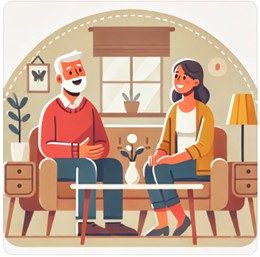Not all customers are profitable to a business. There are those who only ever buy products at a discount. There are customers who return products repeatedly. And those who utilize customer service disproportionately. (It turns out the customer isn’t always right!) Even though it goes against our instincts, there are customers that companies should not want – they should either be “fired” or, better yet, never become customers in the first place.
Some examples:
- Years ago, Best Buy classified its customers as “angels” or “devils.” According to The Wall Street Journal, “The devils are its worst customers. They buy products, apply for rebates, return the purchases, then buy them back at returned-merchandise discounts.” They changed their policies to make them less vulnerable to exploitation, adding a 15% restocking fee and selling restocked goods over the Internet instead of in-store.
- Hubspot had two main customer segments: people who run small businesses (1-10 employees) whom they called “Ollie Owner,” and marketers at companies with 10-1000 employees (“Mary Marketer”). At a certain point, the company realized that the Mary Marketers were much more loyal and profitable then Ollie Owners. They didn’t “fire” their Ollie Owner customers, but rather, focused their marketing and service efforts on pleasing Mary Marketers.
How can your company avoid unprofitable customers?
- Analyze existing data to identify and focus on customer groups that are likely to be profitable. Consider behavioral segmentation, looking at purchase recency, frequency and value, as well as customer lifetime value.
- Approach discounting with care, looking for ways to incentivize good customers rather than encouraging unprofitable ones. One option: make discounts part of a loyalty program.
- Develop personas for both profitable and unprofitable customers. Those “negative” personas can help guide marketing and product offerings, making sure you appeal to the good customers and not the unprofitable ones.
- Pamper your high-value customers. Provide an amazing customer experience to your most profitable customers. Consider having explicit customer tiers like airlines do with frequent flyer status – those who are most profitable can unlock extra bonuses and services.
- For some companies, it may make sense to screen customers and/or have minimum purchase levels.
Let’s discuss how to find your most profitable customers. Email me at info at bureauwest.com.
Sources: “Case study: how audience-driven products built a unicorn,” GTMonday, 3/4/24; “Best Buy hopes to exorcize devil patrons,” Ars Technica, 11/8/04



